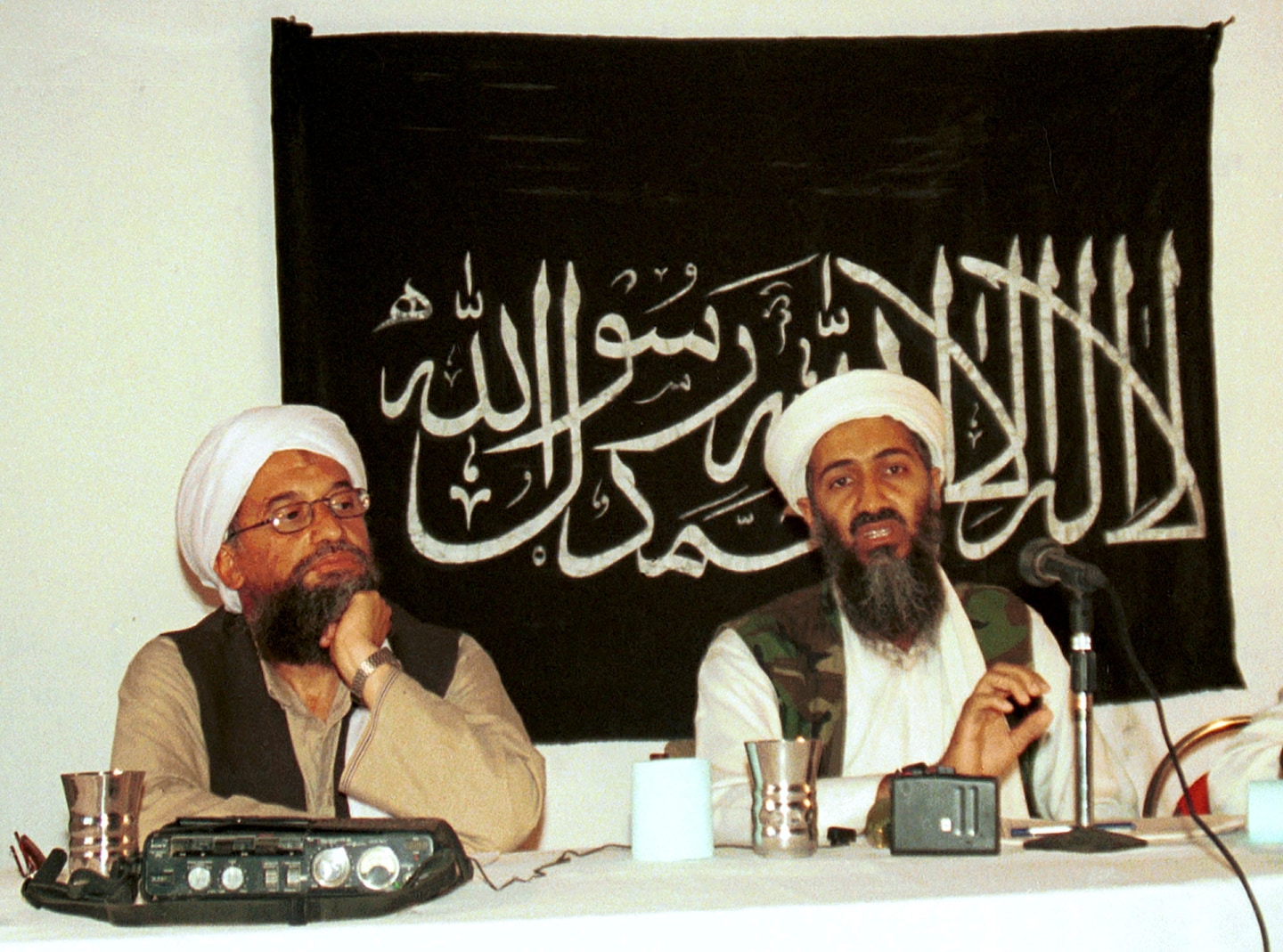That terrorist was Ayman al-Zawahiri, the al-Qaeda leader killed on Saturday, in a strike carried out by the CIA. Nothing in official US statements describes Zawahiri’s death as payback for the American losses in Khost, Afghanistan, some 12 years earlier. But many former and current intelligence officers say that’s exactly how it felt.
The CIA, per usual practice, has not publicly acknowledged any part in firing the missile that struck Zawahiri as he stood on his balcony in an apartment building in Kabul, the Afghan capital. But since Monday, confirmation of the 71-year-old Egyptian’s death has triggered an emotional response within the agency’s Langley, Va., headquarters, and also with former colleagues, friends and family members of those who were killed or wounded in 2009.
“This is an incredibly personal moment,” said Marc Polymeropoulos, a former officer with the CIA’s operations division who served with several of the five men and two women from the agency killed at Camp Chapman, a CIA base on the outskirts of Khost from which the agency ran clandestine missions against al-Qaeda and Taliban fighters. In addition to the seven CIA operatives, a senior Jordanian intelligence officer and an Afghan driver were also killed.
Polymeropoulos described the deaths at Camp Chapman as “the most stark example of the tragic costs of the fight against terrorism.”
Numerous current and former CIA officials marked the news of Zawahiri’s death with social media posts paying tribute to the CIA officers and security team officials who died in the Khost attack, the deadliest against the CIA since eight employees were killed in a bombing at the US Embassy in Beirut in 1983.
“Just remember. They are heroes,” former CIA director and retired Gen. Michael N. Hayden wrote in a Twitter post. In an interview, Hayden recalled working with two of the slain officers, Khost base chief Jennifer Matthews and Elizabeth Hanson, and learning about their deaths while at CIA headquarters on the day of the attack.
“I went outside to my car and cried,” Hayden said.
CIA Director William J. Burns, in response to a query from The Washington Post, did not comment on details of the operation against Zawahiri but said the events were “deeply personal for CIA.”
“In the hunt for Ayman al-Zawahiri, a brutal attack took the lives of seven CIA officers in Khost in 2009,” Burns said. “While terrorism remains a very real challenge, Zawahiri’s removal diminishes that threat and offers a measure of justice.”
Zawahiri’s role in al-Qaeda’s astonishingly complex operation against the CIA base was chronicled in a 2011 book and also described in articles and essays about the attack. The key figure was a Jordanian national, Humam al-Balawi, a physician who got into trouble in his home country for posting pro-al-Qaeda messages on social media. After being interrogated by Jordan’s intelligence service, he was persuaded to become a counterterrorism informant. Ultimately, Balawi agreed to travel to Pakistan to gather information that might aid the CIA’s search for Osama bin Laden and other top al-Qaeda and Taliban leaders.
After disappearing for months, Balawi surfaced in late 2009 with a startling claim: He had established high-level contacts within the community of al-Qaeda militants hiding out in the lawless tribal region along the Afghanistan-Pakistan border.
As proof, Balawi began supplying evidence of his interactions — including cellphone videos of senior al-Qaeda leaders — to his Jordanian handlers, who passed the information to the CIA. Jordan’s General Intelligence Directorate regularly works with US counterparts in tracking and foiling terrorist operations around the world, and the two countries conferred closely on the Balawi case.
By late December 2009, the CIA was anxious to meet with the Jordanian spy, sensing a potential breakthrough in the agency’s long-dormant search for bin Laden and other terrorist leaders behind the Sept. 11, 2001, attacks. With seeming reluctance, Balawi agreed to a meeting at the CIA base in Khost. Then, in a move that ensured an enthusiastic reception from the Americans, he dangled a particularly tantalizing new detail: the physician was providing medical care for Zawahiri, then al-Qaeda’s No. 2.
Balawi shared obscure details about Zawahiri’s physical condition, including his various chronic maladies and his scars from years of torture in Egyptian prisons. The details matched what the CIA already knew about Zawahiri, and seemed to confirm that Balawi was indeed in close contact with the al-Qaeda deputy.
The meeting was set for Dec. 30, 2009, with numerous CIA counterterrorism experts planning to attend. Balawi arrived by car and, because of the extreme sensitivity surrounding the meeting, the CIA deferred any physical searches of the informant until he was well inside the agency’s compound.
Balawi had indeed been on a mission, but his allegiance was to al-Qaeda, not to Jordan or the CIA. Under his cloak he hid a bomb made of powerful C4 explosives. After coming within feet of the CIA team, I detonated the device.
The attack led to an extensive investigation and prompted numerous operational changes, including a strengthening of counterintelligence safeguards. Agency officials were unable to determine the full extent of Zawahiri’s involvement in planning the 2009 attack, but at the very least he allowed himself to be bait for a sophisticated operation that enabled a suicide bomber to penetrate an ultra-secure and highly secretive CIA facility, current and former officials said.
It’s why many in the CIA saw Zawahiri’s death as justice delivered, after years of waiting. On Tuesday, a printed copy of a Washington Post article was placed on the grave of Matthews, the Khost base chief killed in 2009. “US kills al-Qaeda leader Ayman al-Zawahiri in drone strike in Kabul,” the headline read.
The photo was featured in a Twitter post on Tuesday by Kristin Wooda former CIA officer who worked with Matthews.
“Be at peace, sister,” the tweet reads.
